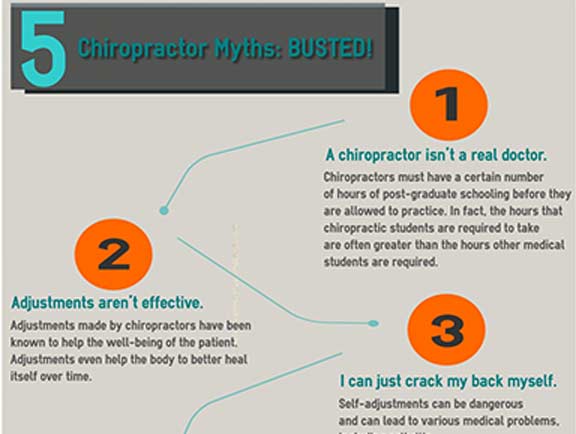A Novice'S Guide To Recognizing Cervical Spinal Column Makeup And Its Impact On Neck Discomfort
A Novice'S Guide To Recognizing Cervical Spinal Column Makeup And Its Impact On Neck Discomfort
Blog Article
Material Writer-Thestrup Ortega
As you rest there, maybe really feeling an ache of pain in your neck, have you ever stopped to consider the elaborate structures that comprise your cervical back? Recognizing how the vertebrae, discs, and nerves connect in this area can shed light on why neck pain can be so relentless and devastating. By discovering the foundations of cervical back composition and its effects for neck pain, you might reveal understandings that might help you better take care of or even avoid those irritating pains and stiffness.
Importance of Cervical Spinal Column Makeup
Recognizing the relevance of cervical back anatomy is crucial in understanding the intricacies of neck discomfort. The cervical spine, composed of 7 vertebrae, plays a crucial role in sustaining the head's weight and assisting in movement. It houses the spine, which transmits messages in between the brain and the rest of the body. Additionally, the cervical spine safeguards these fragile nerves and gives architectural security to the neck region.
In addition, the cervical back allows for a variety of motion, allowing you to turn your head, tilt it sidewards, and nod backwards and forwards. Each vertebra has certain features and attributes that add to the general adaptability and security of the neck. Recognizing the anatomy of the cervical back can aid you understand exactly how injuries or degenerative conditions in this area can bring about neck pain and relevant signs and symptoms.
Components of the Cervical Back
When exploring the parts of the cervical back, it ends up being apparent that its structure includes 7 vertebrae, identified C1 to C7, stacked on top of each other. These vertebrae are vital as they supply assistance to the head and permit a wide range of movement in the neck.
back injury doctor , C1, additionally called the atlas, supports the head and enables the nodding movement of the head. Directly below C1 is the C2 vertebra, referred to as the axis, which enables the turning of the head back and forth.
Relocating down the cervical spine, each vertebra plays an essential function in keeping the back's versatility and stability. In between each vertebra are intervertebral discs that act as paddings, taking in shock and avoiding the vertebrae from massaging versus each other.
Understanding aurora chiropractic health care of the cervical spine is necessary in comprehending how the spinal column functions and its potential influence on neck discomfort.
Partnership In Between Spinal Column and Neck Pain
The connection between the spinal column and neck pain is a vital element of recognizing musculoskeletal pain. Your spinal column, specifically the cervical region, plays a considerable duty in sustaining your head and enabling various motions. When there's a concern in the back, such as a herniated disc or imbalance, it can directly influence the surrounding cells and nerves, resulting in neck discomfort. Poor stance, injuries, and degenerative conditions can all contribute to spine-related neck pain.
It's vital to acknowledge that the back and neck function as a natural system. Any kind of abnormalities or imbalances in the back can cause strain on the neck muscles and tendons, resulting in pain and tightness.
Learn Additional
Since you have a basic understanding of cervical back anatomy and its link to neck discomfort, you can much better value the complexities of your own neck pain. Bear in mind, the health and wellness of your cervical spinal column plays a vital duty in supporting your head and facilitating activity, so it's important to look after it via appropriate pose, exercise, and normal examinations with a healthcare specialist. Keep educated and positive concerning your back health to avoid and handle neck discomfort properly.
